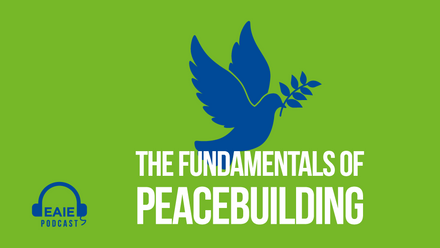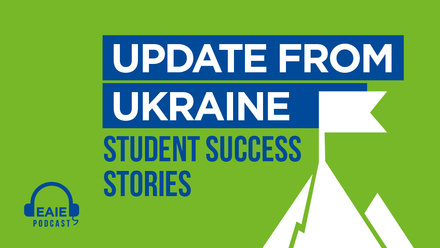How to communicate clearly in a crisis

During a crisis, keeping your community together is top priority. Even more so in this crisis, which has isolated us from each other and from the camaraderie we enjoy at those energising places we know and love – university campuses.
Universities are now making decisions that may change campus life forever. For Central European University, that happened three years ago, when the Hungarian government introduced discriminatory legislation that aimed to expel CEU from Budapest, its home for 25 years. Staff, faculty and students were plunged into crisis mode.
Fortunately, the CEU community came together in extraordinary ways to develop innovative responses and support one another. While the COVID-19 crisis is global, there are lessons learned from CEU’s long struggle that may be useful to universities in terms of communications.
Crisis response, in communications, can be envisioned as answering six basic questions: who, what, when, where, why and how.
Who: map out your audiences
Start with staff, faculty, and students, the core of your institution. Not far behind are alumni, donors, and partners, and then prospective students, the local community, higher education organisations, government and the broader public.
And that’s not all: in a recent EAIE webinar, participants were asked to brainstorm audiences, revealing that it’s easy to forget a few groups of stakeholders, even employee unions and university leadership!
What: tailor your message to each audience
Here, the principles of crisis communications apply: be sensitive, honest, and forthcoming.
Sensitivity means it’s important to consider what each audience needs to hear. Staff may need to hear how much you appreciate them working diligently from home while juggling parenting and other responsibilities. Students may need to hear details about mental health services, financial aid, travel policies and plans for a return to campus.
Honesty means go ahead and say what you don’t know, not only what you know. For example, you can say no decision has been made on a start date for on-campus learning in the fall, but give details on who is making the decision and what’s needed before such a decision can be made. This acknowledges the uncertainty but reassures the community that you’ve got matters in hand.
Forthcoming means provide as much information as you can, as soon as you can. Regular updates mean a lot to a community struggling with uncertainty.
When: regularly, quickly and two-way
During CEU’s tumultuous crisis, communicating simultaneously, regularly and quickly turned out to be crucial to ensure leadership and the task force retained the trust of the community. The task force prepared emails from leadership, tailored to staff and faculty and students in turn, in English and Hungarian, and sent them out simultaneously. The community was informed first, and then the media. Donors, partners, supporters and other audiences were informed the same day when relevant. Information was collected in a weekly newsletter for those for whom this was sufficient. All this helped build a growing sense of solidarity with and within CEU.
In order to come together as a community during a crisis, everyone needs to be on the same page
The other side of this is feedback. Have a feedback channel set up in which members of your community can send questions and concerns. Designate someone on your task force to be responsible for monitoring this channel and responding to queries. You may already have people managing student services-related queries and prospective student queries, but it’s important to have a channel for staff, faculty, student union members or donors to turn to with questions about administrative decisions and how they’ll be taken.
Where: meet your audience where they are
Just like in non-crisis times, choose your channel based on where your audience gets its information and where it expects to receive information. Decisions from leadership probably belong on email and/or intranet channels. Public information, for everyone from prospective students to the general public, belongs on the website and social media, as does broader messaging.
How: according to the message
Think beyond information from leadership. There are other forms of community-building that can take place on various platforms. One example is the #istandwithCEU photo series that empowered community members to show and share their solidarity. Alumni joined in with photos expressing solidarity from around the world.
In the current crisis, Bard College, in the USA, launched an ‘ask an expert’ campaign to share expertise on topics from how scientists make predictions to historical comparisons with the influenza pandemic of 1918. Some universities launched outreach programmes, such as a University of Edinburgh programme matching students with Gaelic speakers and virtual museum tours. Students of medicine and veterinary medicine around the world are volunteering in their communities.
Universities may be busy with ensuring online learning goes well and with administrative planning for the future, but more can be done to exchange experiences among the university community and then share that with the broader public.
As for methods, blogs, photo essays, video series and podcasts are among the many ways the community can share experiences while we’re apart.
Why: strengthen the sense of community
At CEU, the crisis brought the community together. When the experience was shared beyond the immediate community, it became a source of pride for faculty, students and staff alike.
In order to come together as a community during a crisis, everyone needs to be on the same page. That can be achieved through regular and rapid communication that’s honest, straightforward, and forthcoming. Communication that shows we share this experience and care about our beloved university communities. We can come out of this stronger than ever.






